Home>Articles>How To Check Amperage In An Electrical Cord For Hair Dryer Using A Multimeter
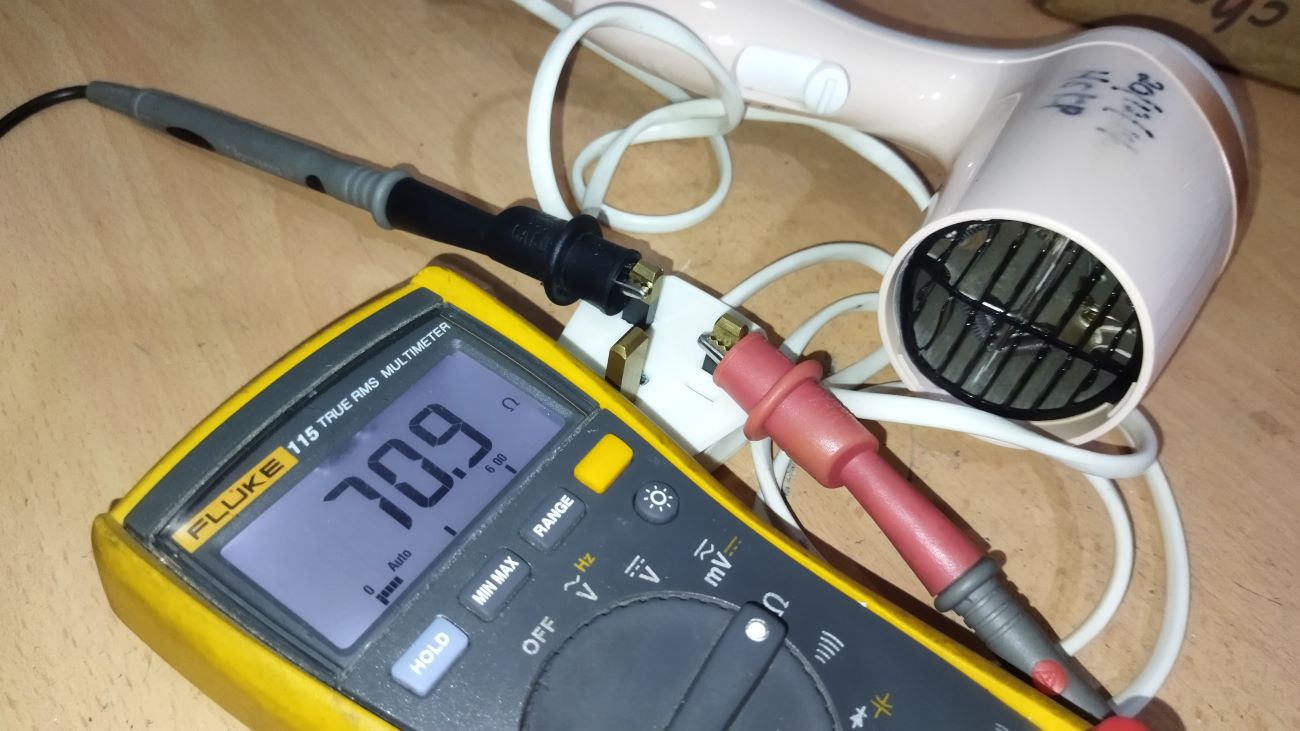

Articles
How To Check Amperage In An Electrical Cord For Hair Dryer Using A Multimeter
Modified: August 17, 2024
Learn how to check amperage in an electrical cord for a hair dryer using a multimeter. Read our informative articles on this essential task.
(Many of the links in this article redirect to a specific reviewed product. Your purchase of these products through affiliate links helps to generate commission for Storables.com, at no extra cost. Learn more)
Introduction
Welcome to this guide on how to check the amperage in an electrical cord for a hair dryer using a multimeter. Whether you are a professional electrician or a DIY enthusiast, this knowledge can come in handy when troubleshooting electrical issues or ensuring the safety of your appliances.
Understanding the amperage draw of an electrical cord is crucial to prevent overloading and potential damage to both the cord and the connected device. By using a multimeter, you can measure the amperage flowing through the cord, giving you valuable information about its functionality and safety.
In this comprehensive guide, we will walk you through the step-by-step process of checking the amperage in an electrical cord for a hair dryer using a multimeter. We will also provide insights into interpreting the amperage reading and troubleshooting potential issues. So, let’s dive in!
Key Takeaways:
- Ensure safety and optimal performance of electrical cords by using a multimeter to measure amperage in hair dryer cords. Compare readings with manufacturer’s specs and troubleshoot issues for peace of mind.
- Understanding and interpreting amperage readings is crucial for preventing overloads and ensuring the longevity of electrical cords. Regular testing and troubleshooting can save time and money in the long run.
Tools and Materials Needed
Before you begin checking the amperage in an electrical cord for a hair dryer, there are a few essential tools and materials you will need. Here’s a list:
- Multimeter: This is the key tool for measuring the amperage. Make sure you have a multimeter capable of measuring AC current.
- Electrical Cord: You will need the electrical cord connected to the hair dryer that you want to test.
- Outlet: Ensure that you have access to a working outlet to connect the hair dryer.
- Protective Gear: It is always a good practice to wear safety goggles and insulated gloves when working with electricity.
Once you have gathered all the necessary tools and materials, you are ready to proceed with the amperage checking process. Now let’s move on to the next step.
Step 1: Understanding the Multimeter
Before you begin testing the amperage in the electrical cord, it is important to have a basic understanding of how a multimeter works. A multimeter is a versatile device that can measure various electrical parameters, including voltage, current, and resistance.
In this case, we will focus on measuring the amperage, which is the flow of electric current in the circuit. The multimeter measures amperage by inserting itself into the electrical pathway and measuring the current passing through it.
Most multimeters have several key components:
- Display: This is where the measurement results are displayed. It may be a digital or analog display.
- Dial or Selector Switch: This allows you to select the mode or range of measurement, such as AC current or amperage.
- Probes: The multimeter comes with two probes – a black probe for connecting to the COM (common) terminal and a red probe for connecting to the current measurement terminal.
It is vital to read the manufacturer’s instructions specific to your multimeter model to familiarize yourself with its features and operation.
Now that you have a basic understanding of the multimeter, let’s move on to the next step, where we will prepare the electrical cord and the multimeter for testing.
Step 2: Preparing the Electrical Cord and Multimeter
Before proceeding with the amperage measurement, it is crucial to prepare both the electrical cord and the multimeter for accurate testing. Follow these steps to ensure proper preparation:
- Disconnect the Cord: Unplug the electrical cord from the power source and disconnect it from the hair dryer. This will ensure your safety during the preparation process.
- Inspect the Cord: Take a close look at the electrical cord for any signs of damage, such as frayed wires or exposed insulation. If you notice any defects, it is recommended to replace the cord before proceeding with the testing.
- Set the Multimeter: Switch the multimeter to the appropriate measurement setting for AC current. Typically, this will be indicated by a symbol representing the letter “A” with a wavy line over it. Consult the multimeter’s user manual if you are unsure about the proper setting.
- Insert the Probes: Take the black probe and insert it into the COM (common) terminal of the multimeter. Then, take the red probe and insert it into the current measurement terminal, which is usually labeled “mA” for milliamperes or “A” for amperes.
- Check the Leads: Ensure that the probe leads are securely connected to the multimeter and are not damaged or frayed. Loose or damaged leads can affect the accuracy of the measurement.
By following these steps, you are now ready to set up the multimeter for amperage measurement. In the next step, we will guide you through the process of selecting the appropriate settings on the multimeter.
Step 3: Setting up the Multimeter for Amperage Measurement
Now that you have prepared the electrical cord and the multimeter, it’s time to set up the multimeter for amperage measurement. Follow these steps to ensure accurate readings:
- Select the Amperage Range: On the multimeter’s dial or selector switch, choose the appropriate amperage range. Start with a higher range and gradually decrease it if necessary. Most multimeters have different amperage ranges such as 200mA, 2A, 20A, etc. Select a range that is higher than the expected amperage to avoid overloading the multimeter.
- Connect the Probes: Take the black probe (COM) and connect it to the COM (common) terminal on the multimeter. Then, take the red probe (current measurement) and connect it to the terminal labeled for amperage measurement. Ensure that the probes are securely connected.
- Switch to Amperage Mode: Some multimeters may require you to manually switch to the amperage measurement mode. Refer to the multimeter’s user manual to check if this step is necessary for your specific model.
It is important to note that not all multimeters can measure high amperage levels. If you are working with a high-power device, ensure that your multimeter can handle the expected amperage range. If not, consider using a specialized clamp meter designed for high amperage measurements.
With the multimeter now properly set up, you are ready to move on to the next step, where we will test the amperage in the electrical cord for the hair dryer.
When checking the amperage in an electrical cord for a hair dryer using a multimeter, set the multimeter to the “A” or amperage setting, then clamp the multimeter around one of the cord’s wires to measure the current flow. Make sure to follow all safety precautions when working with electricity.
Read more: How To Test Extension Cord With Multimeter
Step 4: Testing the Amperage in the Electrical Cord
With the multimeter correctly set up, you can now proceed to test the amperage in the electrical cord for the hair dryer. Follow these steps to conduct the amperage measurement:
- Plug in the Cord: Connect the electrical cord of the hair dryer to a working power outlet.
- Identify Live Wire: Identify the live wire in the electrical cord. It is usually the wire with a smoother insulation or a different color from the neutral wire. If you are unsure, consult the manufacturer’s documentation or seek advice from a qualified professional.
- Position Multimeter Probes: Take the red probe and touch it to the live wire of the electrical cord. Then, take the black probe and touch it to the neutral wire or any grounding point. Ensure that the probes make good contact with the wire.
- Read the Amperage Value: Look at the multimeter display and note the amperage reading. It is essential to let the measurement stabilize for a few seconds to get an accurate reading.
- Record the Amperage: Write down the amperage value for future reference or troubleshooting purposes.
- Disconnect the Cord: Unplug the electrical cord from the power outlet and detach the multimeter probes from the wire.
By following these steps, you can accurately measure the amperage flowing through the electrical cord. Now, let’s move on to the next step, where we will discuss how to interpret the amperage reading obtained.
Step 5: Interpreting the Amperage Reading
After measuring the amperage in the electrical cord using the multimeter, it’s important to interpret the reading to assess the performance and safety of the cord. Here’s how you can interpret the amperage reading:
- Compare with Manufacturer’s Specifications: Check the manufacturer’s specifications for the hair dryer or the electrical appliance you are testing. They often provide the recommended or maximum amperage that the cord can handle. Compare the measured amperage with these specifications to determine if it falls within the acceptable range.
- Check for Overloads: If the measured amperage is significantly higher than the manufacturer’s specifications, there may be an overload on the electrical cord. This could indicate a potential safety risk and may require immediate attention. Consider consulting a qualified electrician to address the issue.
- Consider Normal Operating Range: Some appliances, like hair dryers, can have fluctuating amperage depending on the setting or operation mode. If the measured amperage falls within the normal operating range specified by the manufacturer, it is generally considered acceptable.
- Account for Safety Margin: To ensure the longevity and safety of the electrical cord, it is advisable to have some margin of safety. If the measured amperage is close to the maximum recommended value, it may be wise to consider upgrading to a higher-rated cord to prevent potential issues in the future.
Interpreting the amperage reading allows you to assess the health and performance of the electrical cord. If you have any concerns about the measured amperage or its implications, it is always a good idea to consult with a qualified electrician for further guidance.
Now, let’s move on to the final step, where we will discuss troubleshooting potential issues related to amperage in electrical cords.
Step 6: Troubleshooting Potential Issues
While testing the amperage in an electrical cord can provide valuable information, you may encounter certain issues or abnormalities. In this step, we will address some potential issues and offer troubleshooting suggestions:
- High Amperage Readings: If you consistently measure a high amperage reading, it may indicate an overload or short circuit in the electrical cord. Check if the hair dryer is in good condition and not damaged. Additionally, inspect the cord for any signs of frayed or exposed wires. If the issue persists, consult an electrician to diagnose and resolve the problem.
- Low or No Amperage Readings: If you consistently measure a low or no amperage reading despite the hair dryer being powered on, there may be an issue with the electrical cord, such as a disconnected wire or a faulty connection. Inspect the cord for any loose connections or damaged wires. Make sure the hair dryer is switched on and functioning properly. If the issue persists, seek professional help to identify and fix the problem.
- Fluctuating Amperage Readings: If the amperage reading fluctuates significantly or rapidly, it could indicate an unstable electrical connection or an issue with the multimeter. Ensure that the probes are making good contact with the wires and there are no loose connections. If the problem persists, consider trying a different multimeter or consulting a professional for assistance.
- Intermittent Amperage Readings: If you experience intermittent amperage readings or the reading jumps inconsistently, it may be due to a poor connection or a faulty component. Check for any loose connections, frayed wires, or damaged terminals. Repair or replace any faulty components to ensure accurate and consistent measurements.
Remember, if you are unsure or uncomfortable troubleshooting electrical issues on your own, it is always recommended to consult a qualified electrician. They have the expertise and knowledge to diagnose and resolve electrical problems safely.
Congratulations! You have now successfully checked the amperage in an electrical cord for a hair dryer using a multimeter. By following these steps, you can ensure the safety and optimal performance of your electrical appliances.
Make sure to keep your multimeter and electrical cords in good condition, and always prioritize safety when working with electricity. If in doubt, seek professional assistance.
We hope this guide has been helpful to you. Happy testing!
Conclusion
In conclusion, checking the amperage in an electrical cord for a hair dryer using a multimeter is a valuable skill that can help you assess the safety and performance of your electrical appliances. By following the steps outlined in this guide and understanding the importance of amperage measurement, you can prevent overloading, identify potential issues, and ensure the longevity of your electrical cords.
We started by introducing the tools and materials needed for the task, including a multimeter capable of measuring AC current, the electrical cord, and a working power outlet. Proper preparation and understanding of the multimeter were emphasized in the initial steps. It is crucial to familiarize yourself with the features and operation of the multimeter to ensure accurate measurements.
Once the multimeter was set up correctly, we guided you through the process of testing the amperage in the electrical cord. By plugging in the cord, identifying the live wire, and positioning the multimeter probes, you were able to obtain an amperage reading. We discussed the importance of comparing the reading with manufacturer’s specifications, checking for overloads, considering normal operating ranges, and accounting for a safety margin.
We also addressed potential issues that may arise during the testing process, such as high or low amperage readings, fluctuating or intermittent readings. Troubleshooting suggestions were provided to help you identify and resolve these issues, emphasizing the importance of consulting a professional if needed.
By incorporating these steps into your electrical maintenance routine, you can ensure the safety and proper functioning of your electrical cords for hair dryers and other appliances. Regularly monitoring amperage can help you detect and prevent potential issues before they escalate, saving you time, money, and ensuring the longevity of your equipment.
Remember, safety should always be a priority when working with electricity. If you are unsure or uncomfortable performing any electrical tasks on your own, it is recommended to consult a qualified electrician for assistance.
We hope this guide has provided you with the knowledge and confidence necessary to check the amperage in an electrical cord for a hair dryer using a multimeter. Stay safe and enjoy the benefits of accurate amperage measurements in your electrical maintenance endeavors!
Frequently Asked Questions about How To Check Amperage In An Electrical Cord For Hair Dryer Using A Multimeter
Was this page helpful?
At Storables.com, we guarantee accurate and reliable information. Our content, validated by Expert Board Contributors, is crafted following stringent Editorial Policies. We're committed to providing you with well-researched, expert-backed insights for all your informational needs.
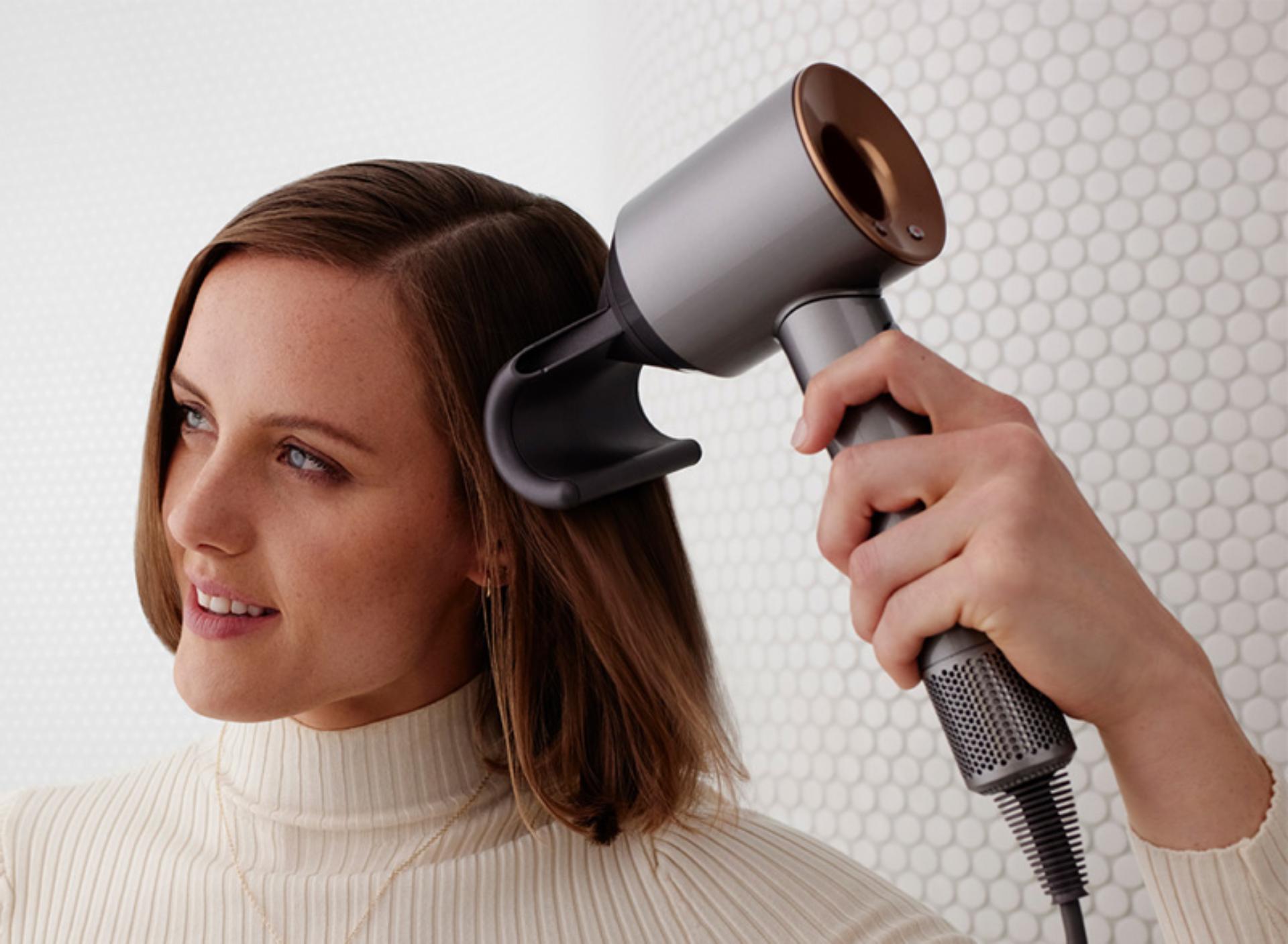

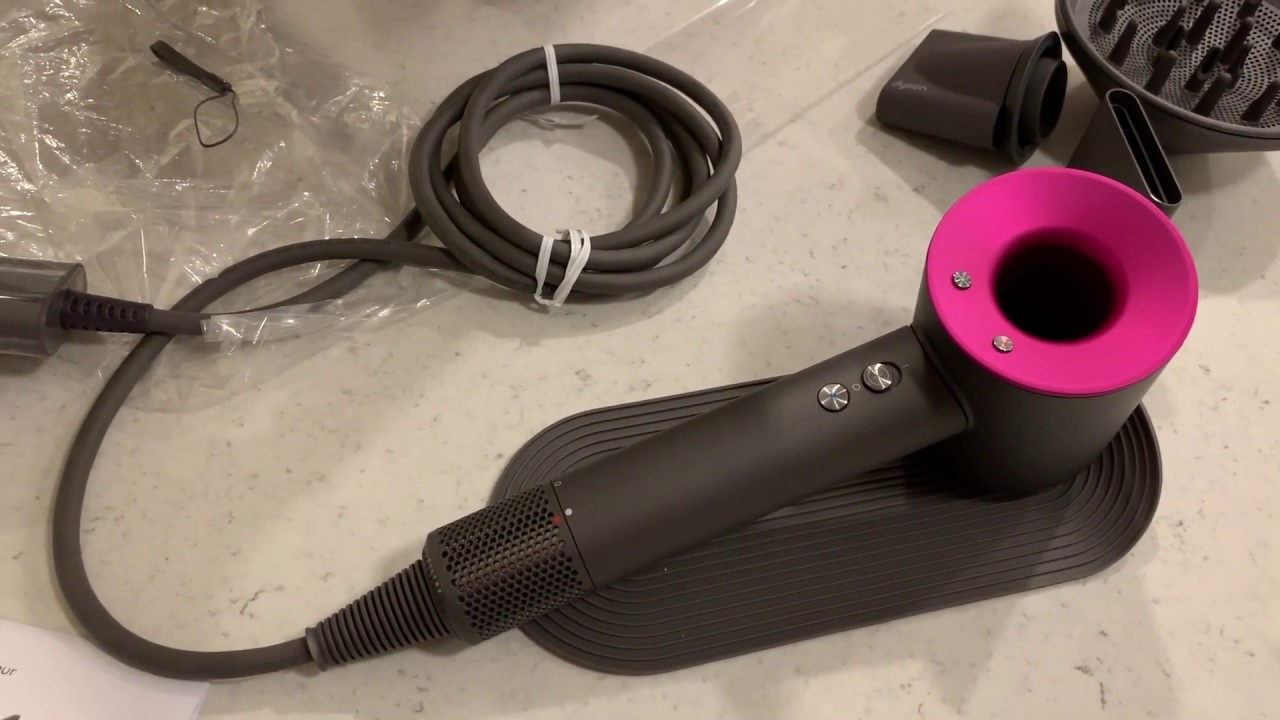
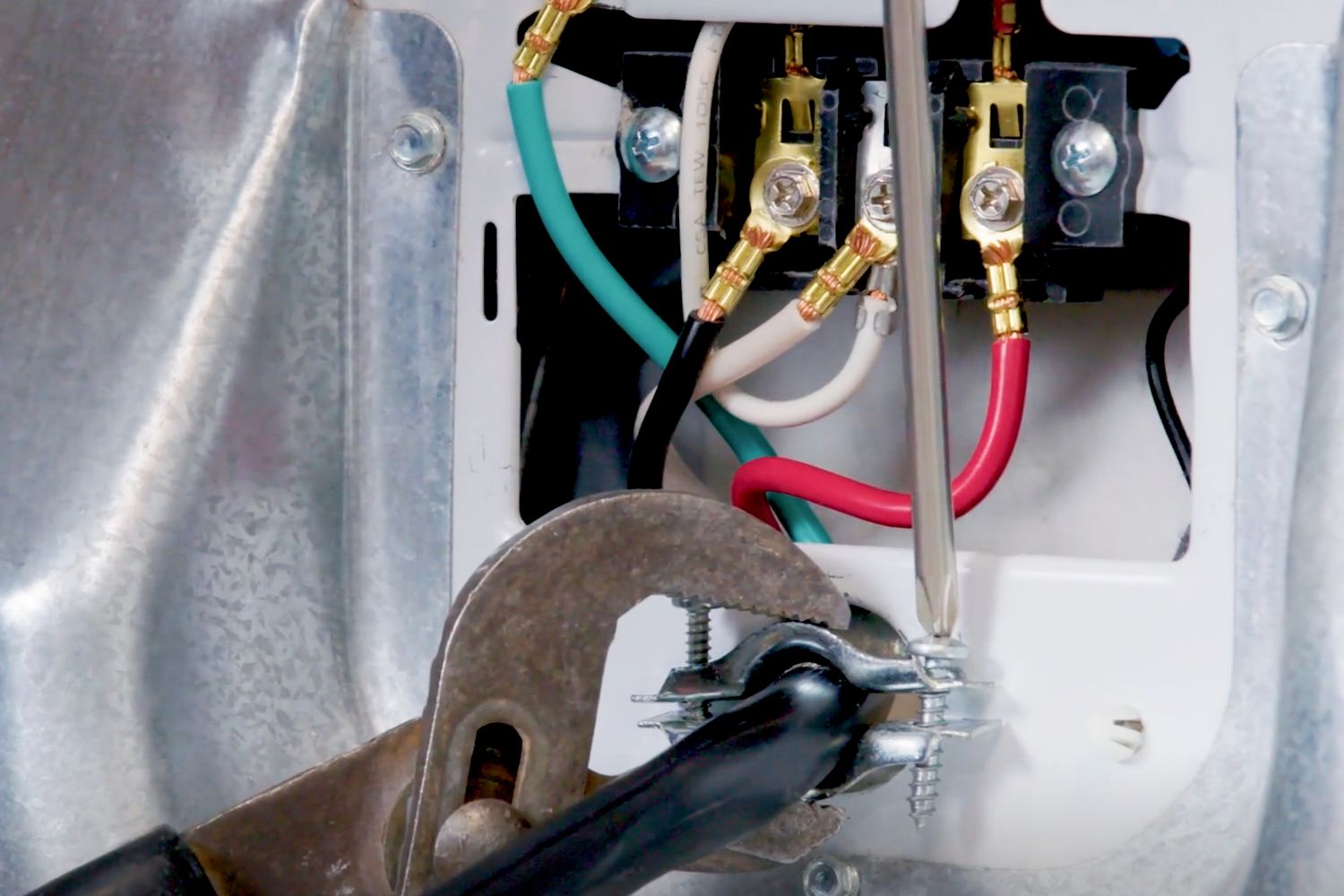
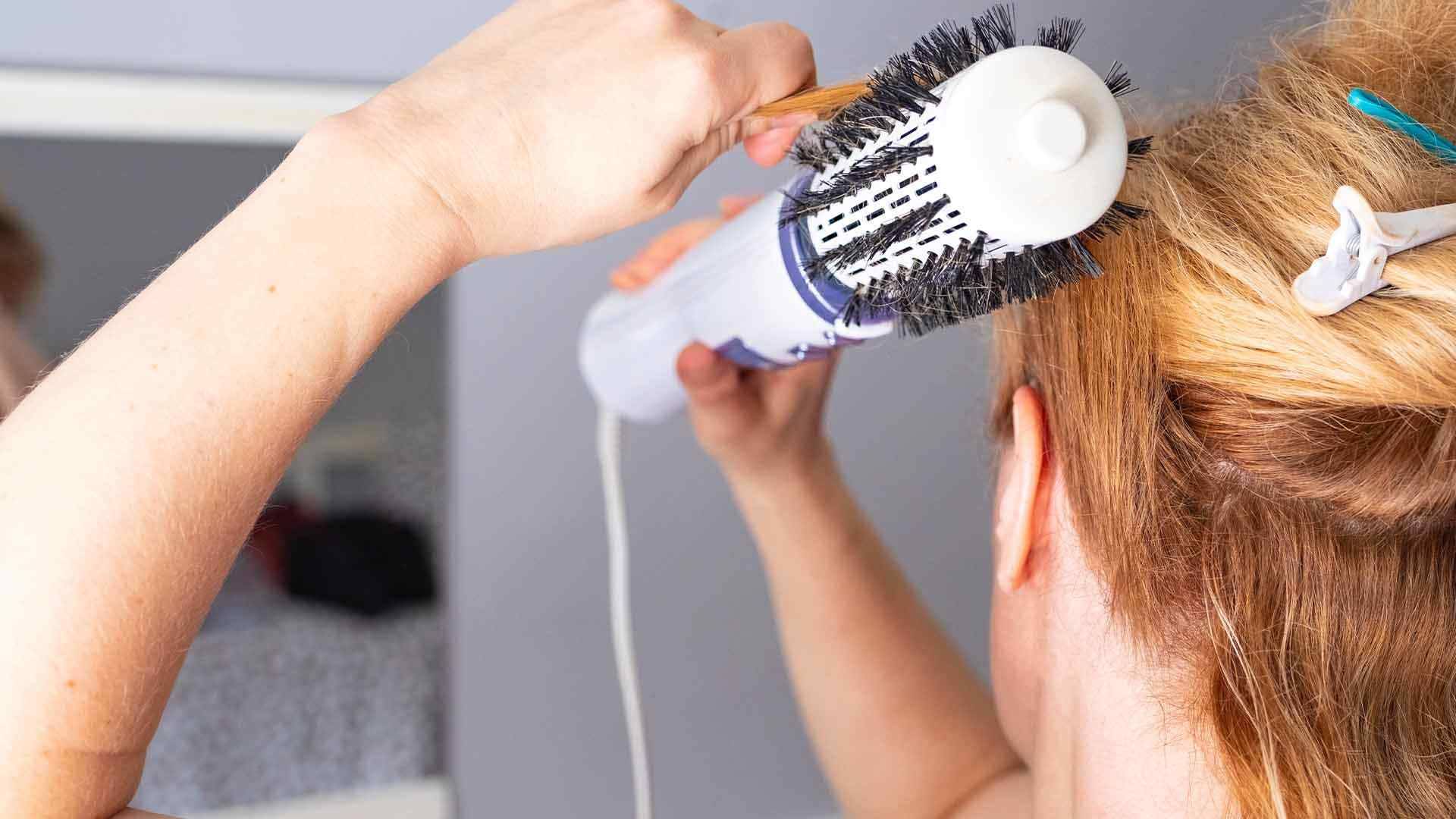
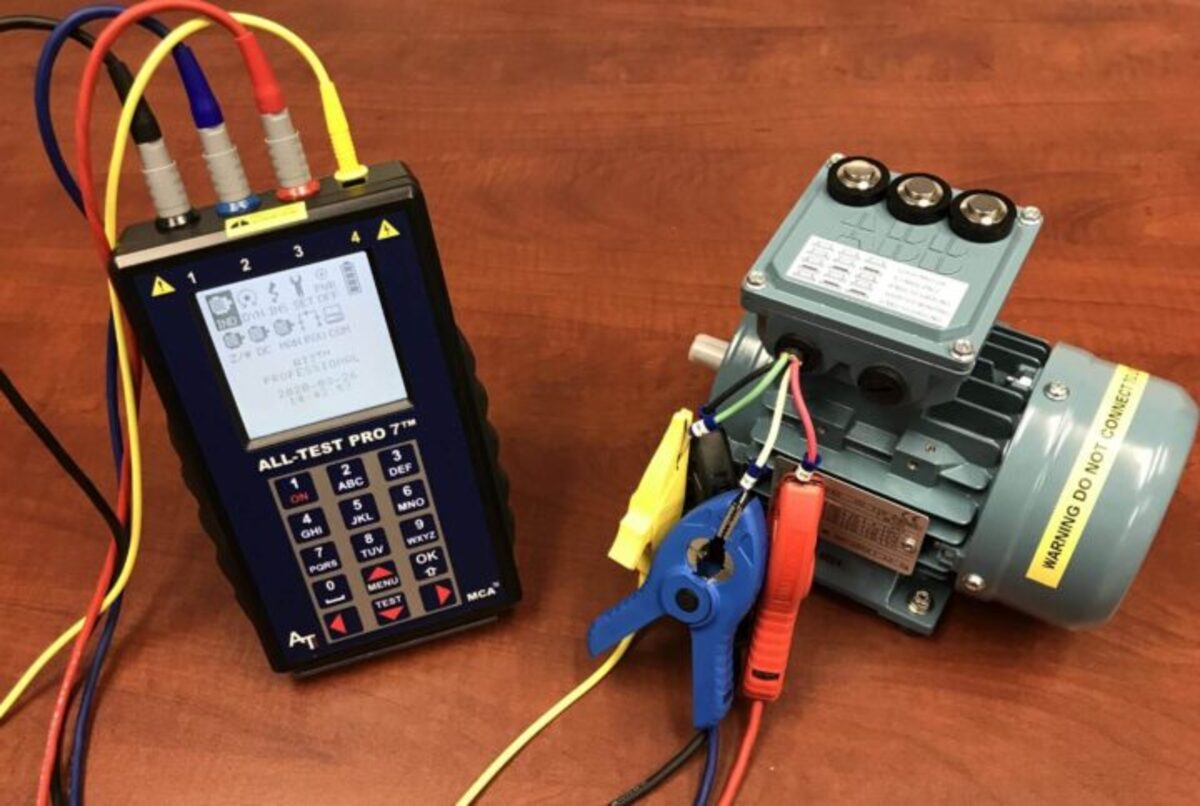
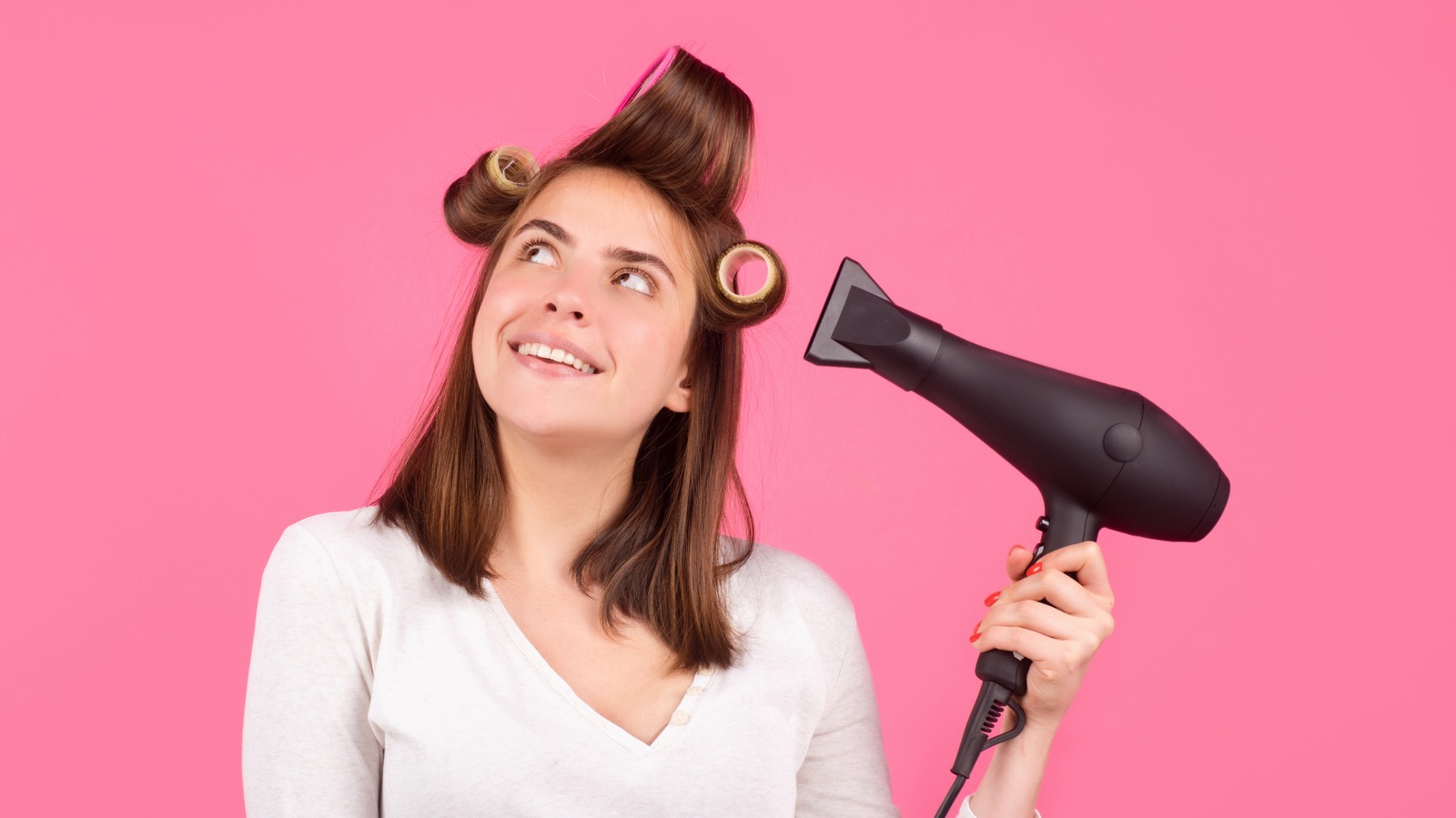
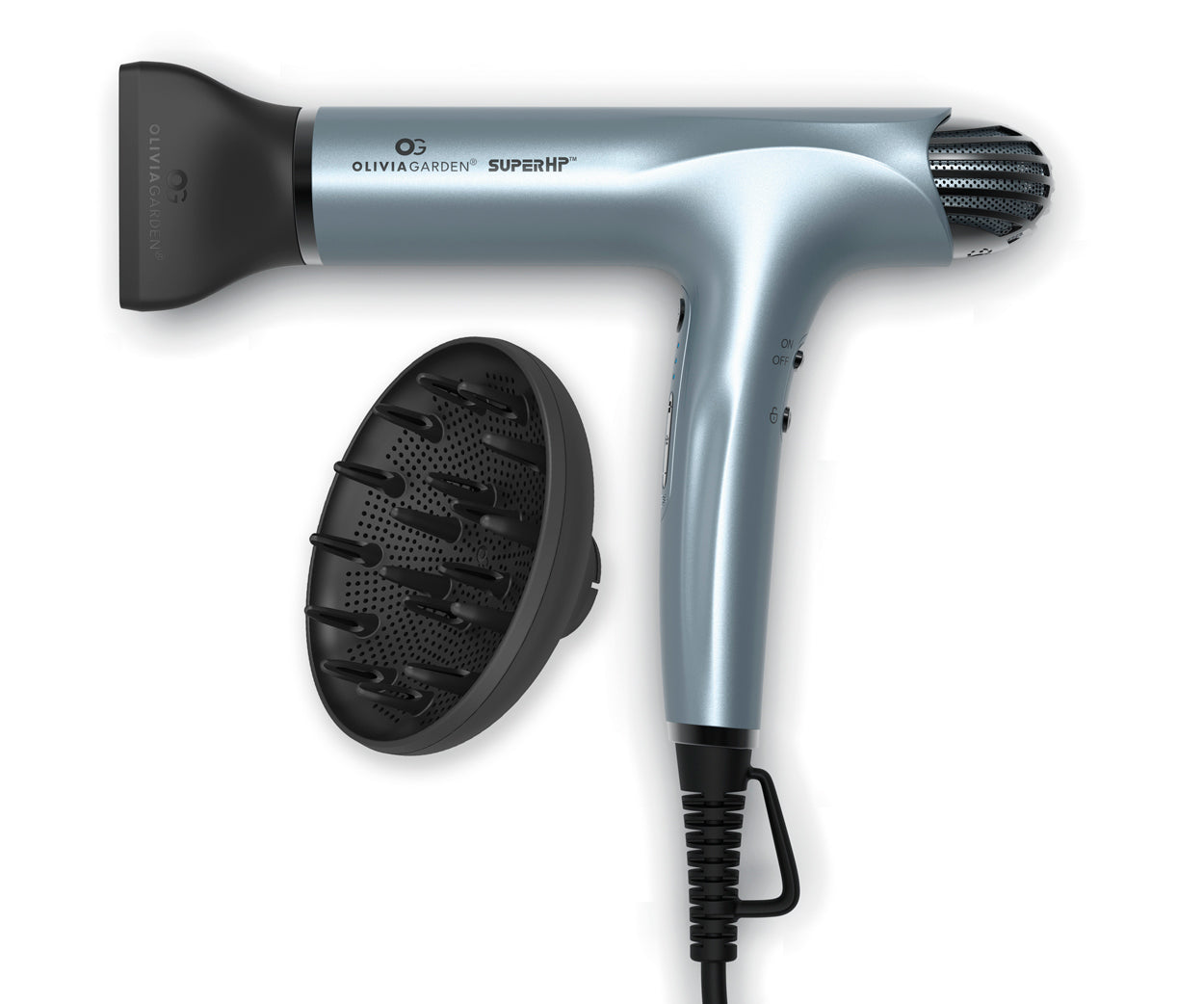
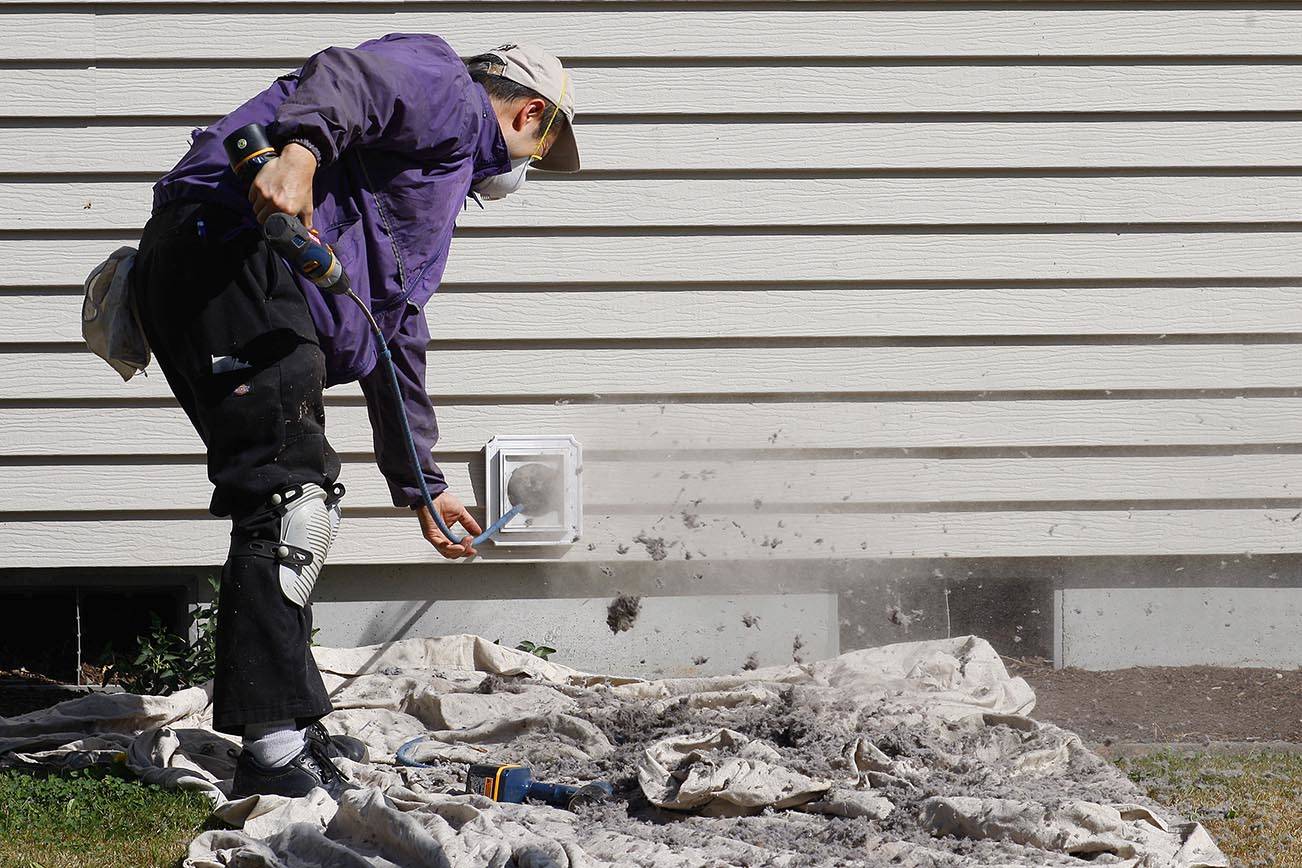
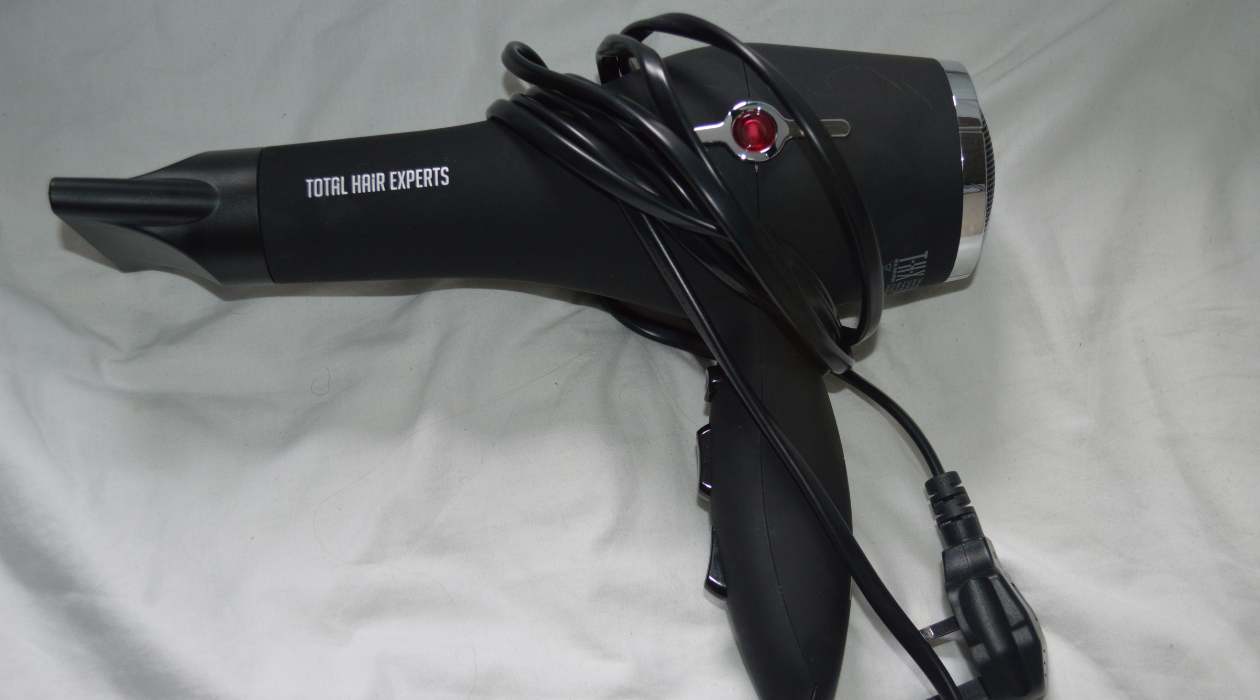
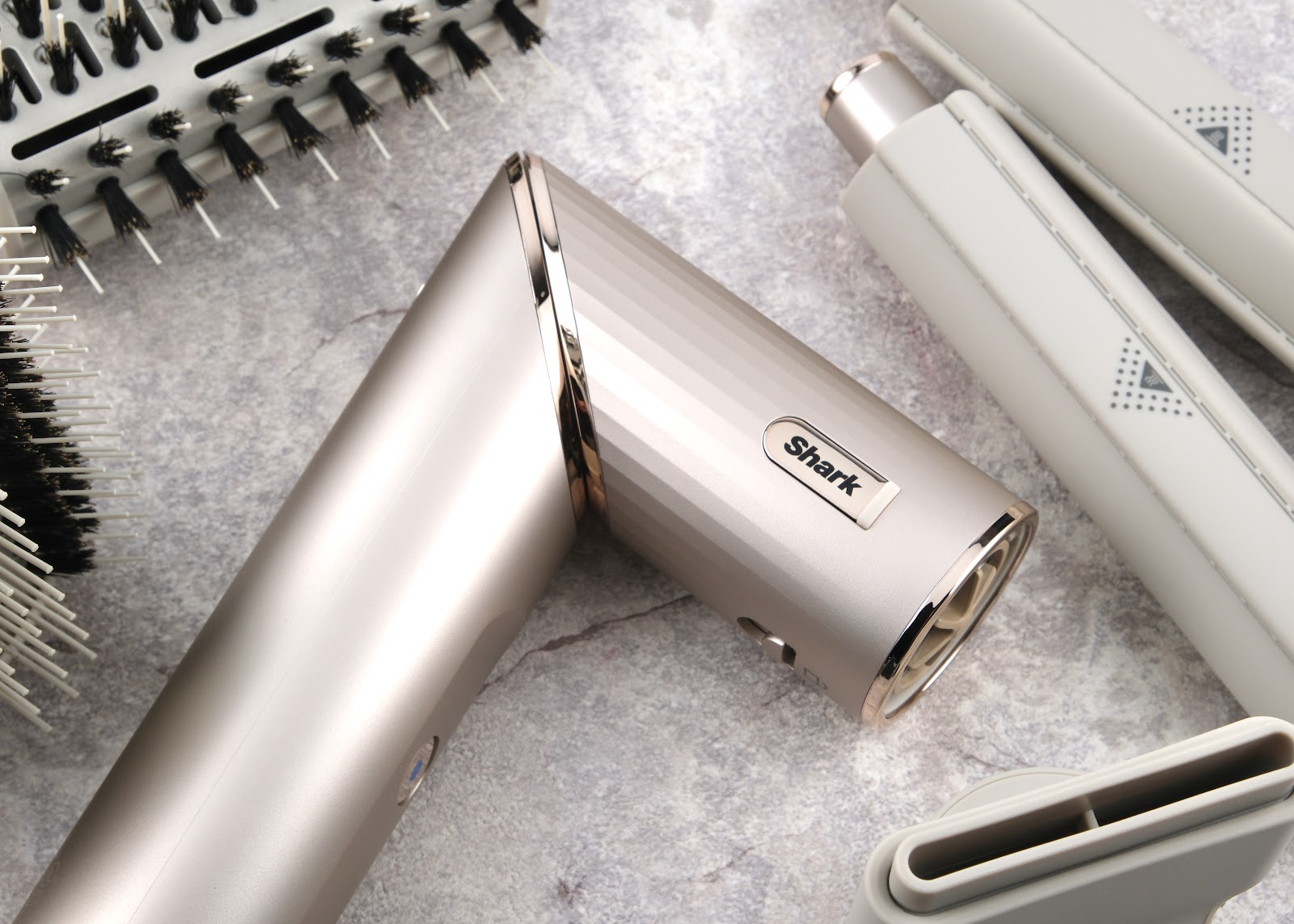
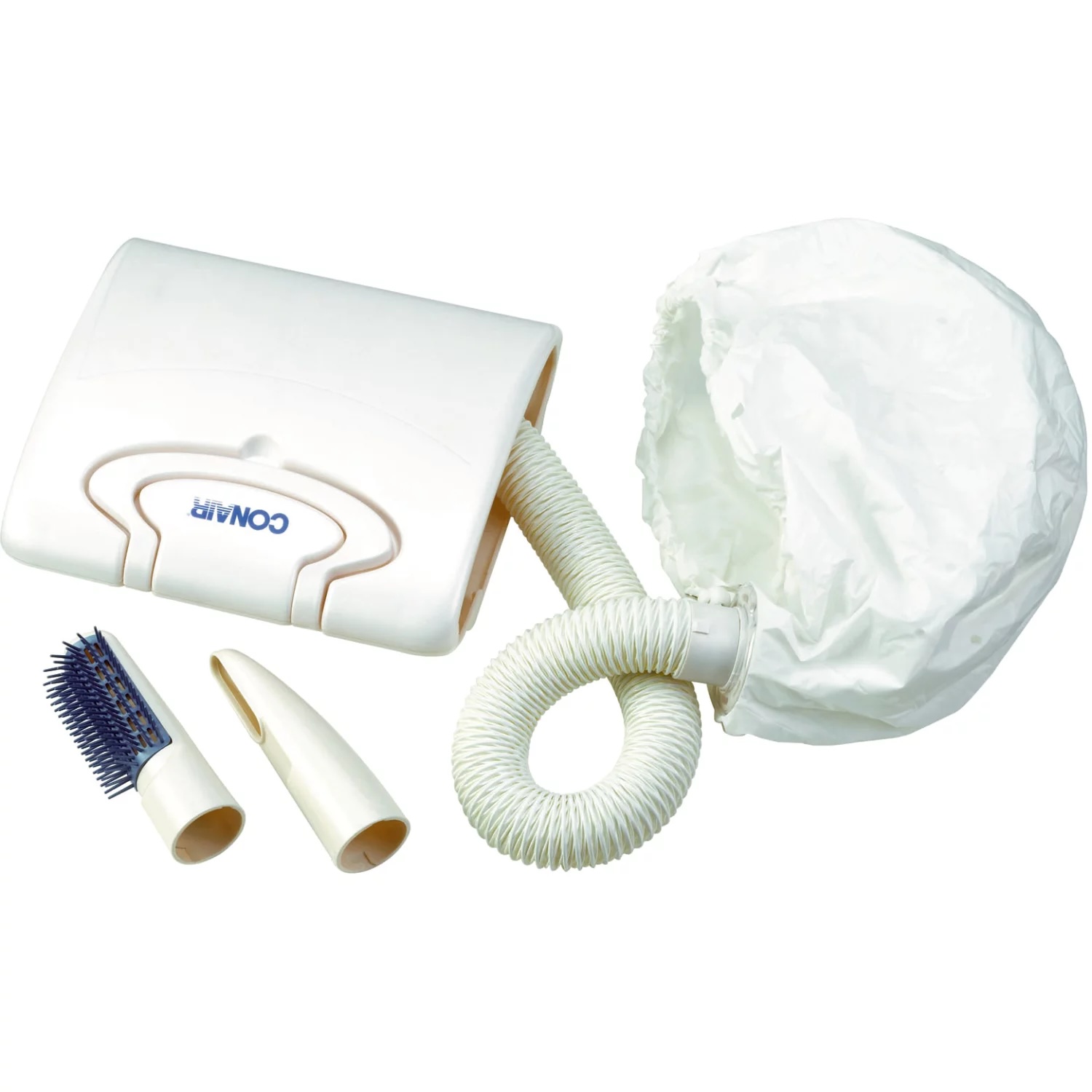
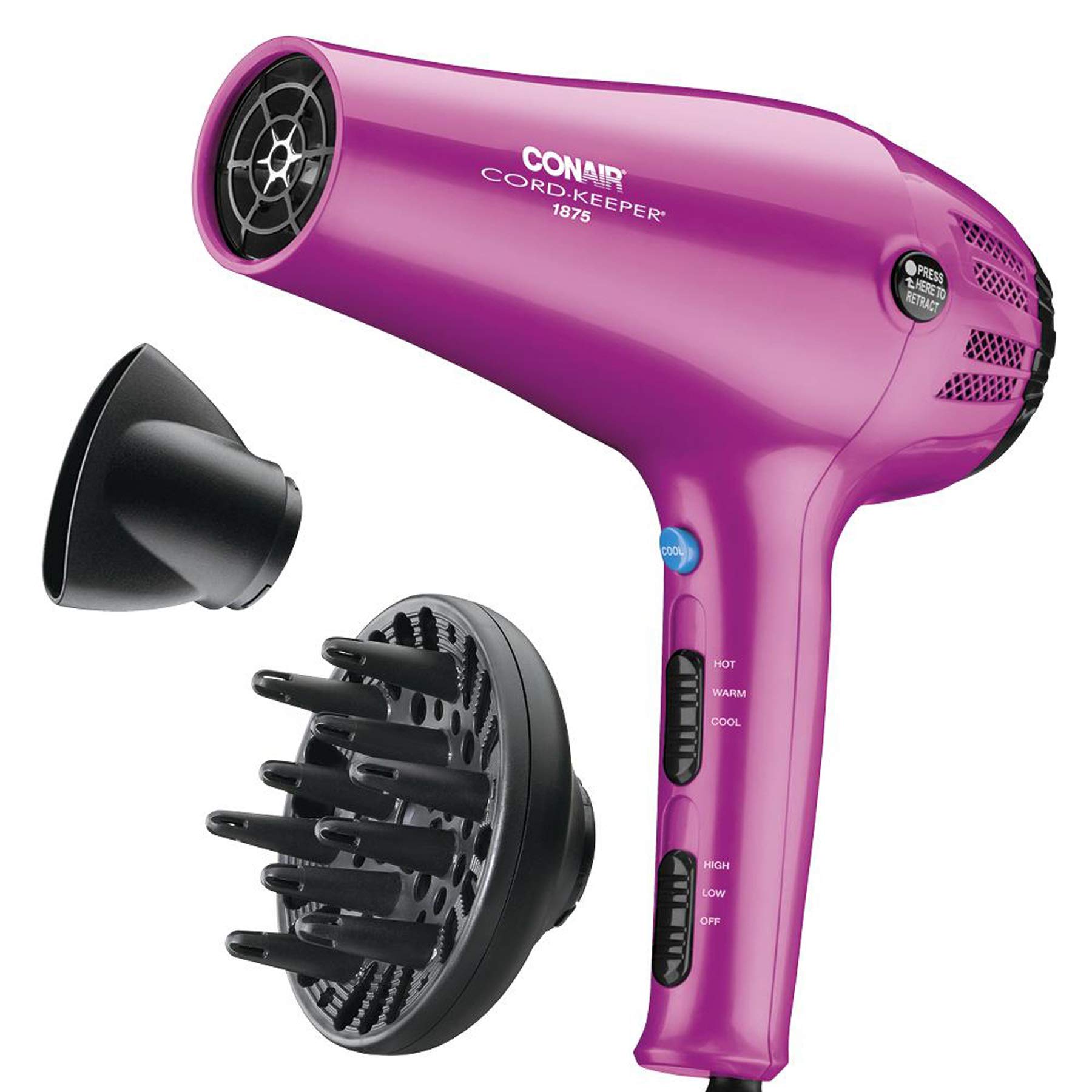
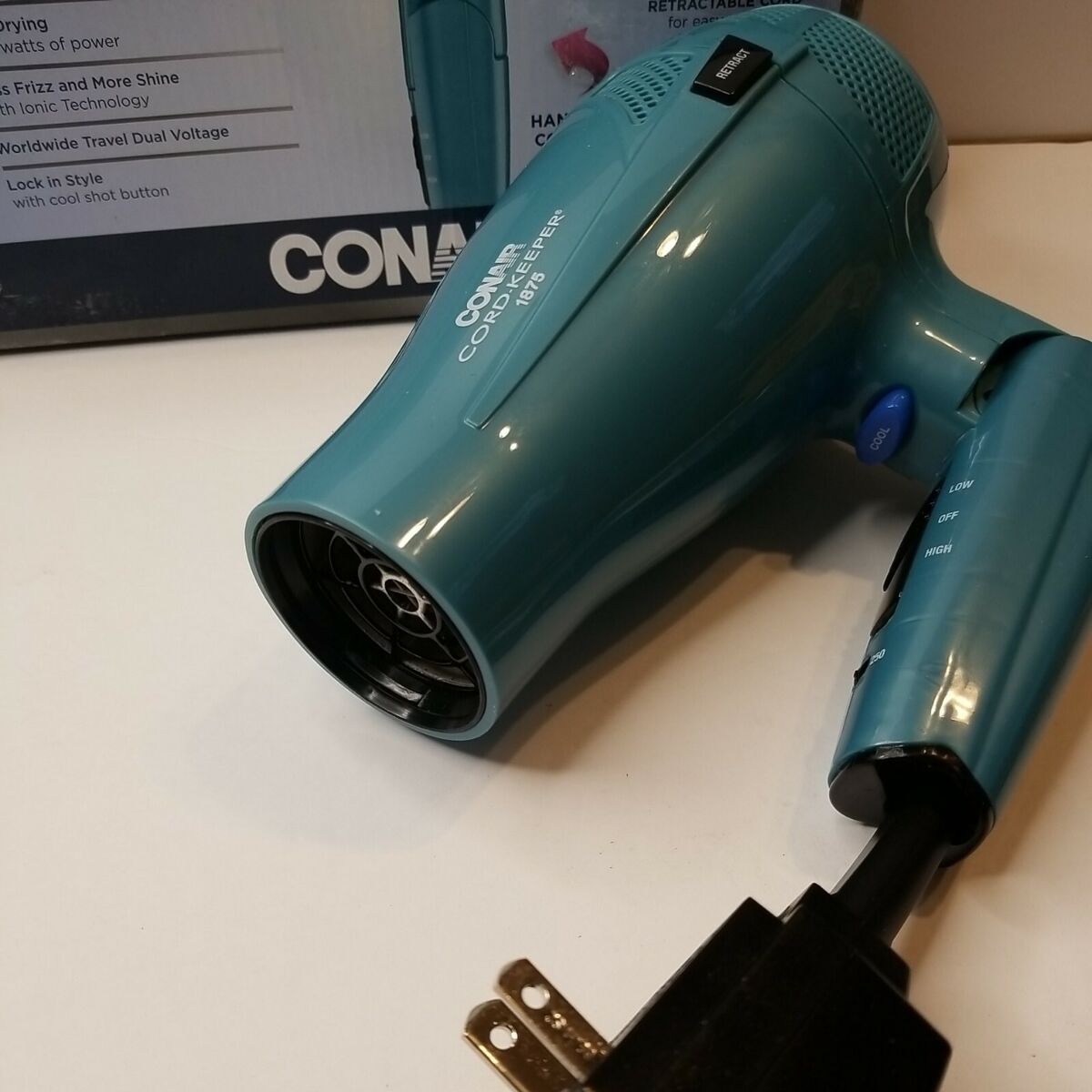

0 thoughts on “How To Check Amperage In An Electrical Cord For Hair Dryer Using A Multimeter”